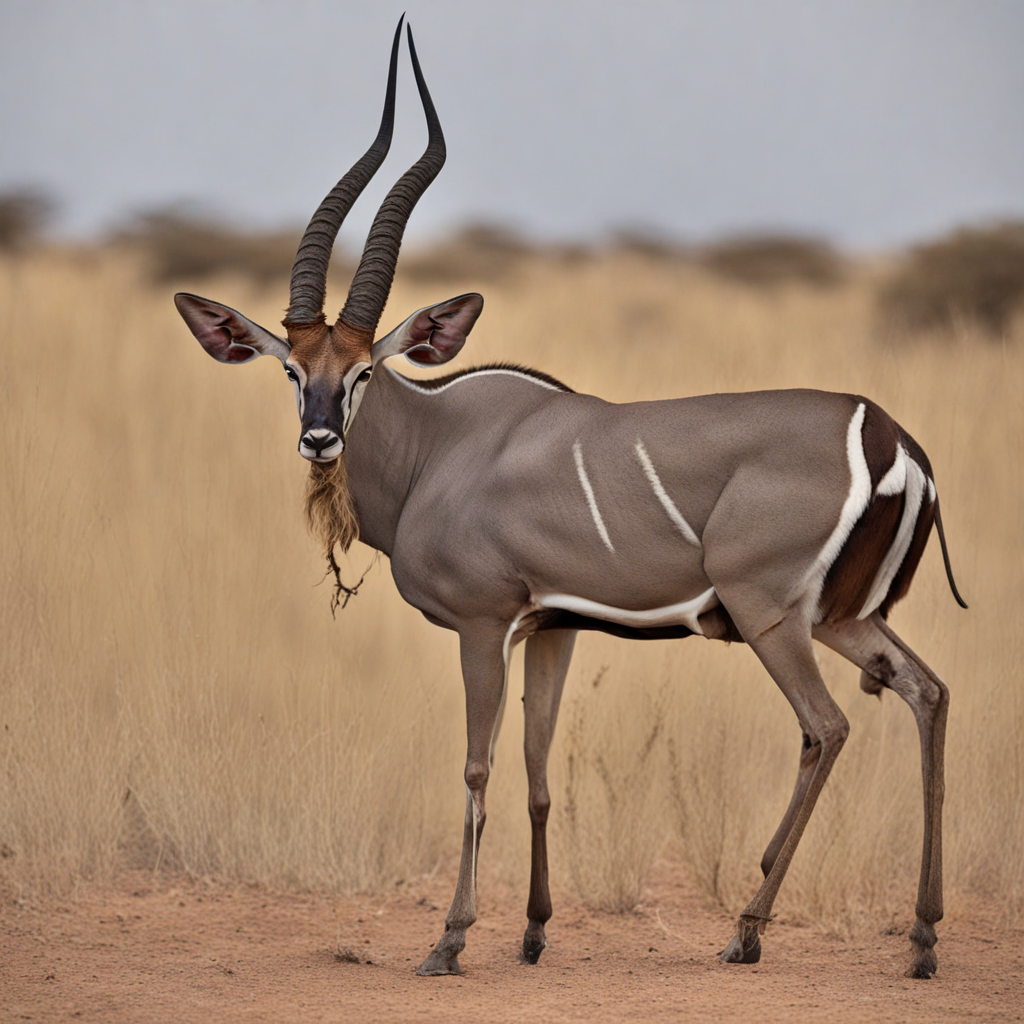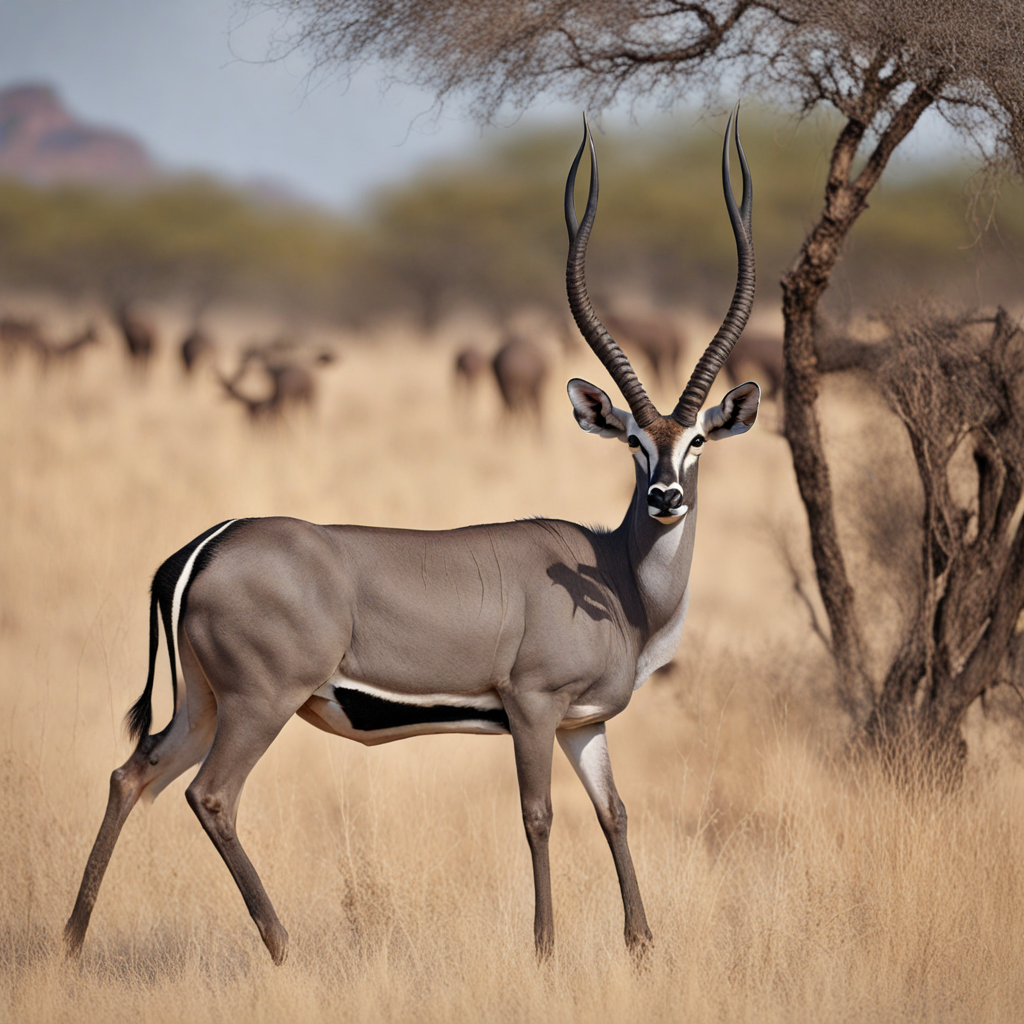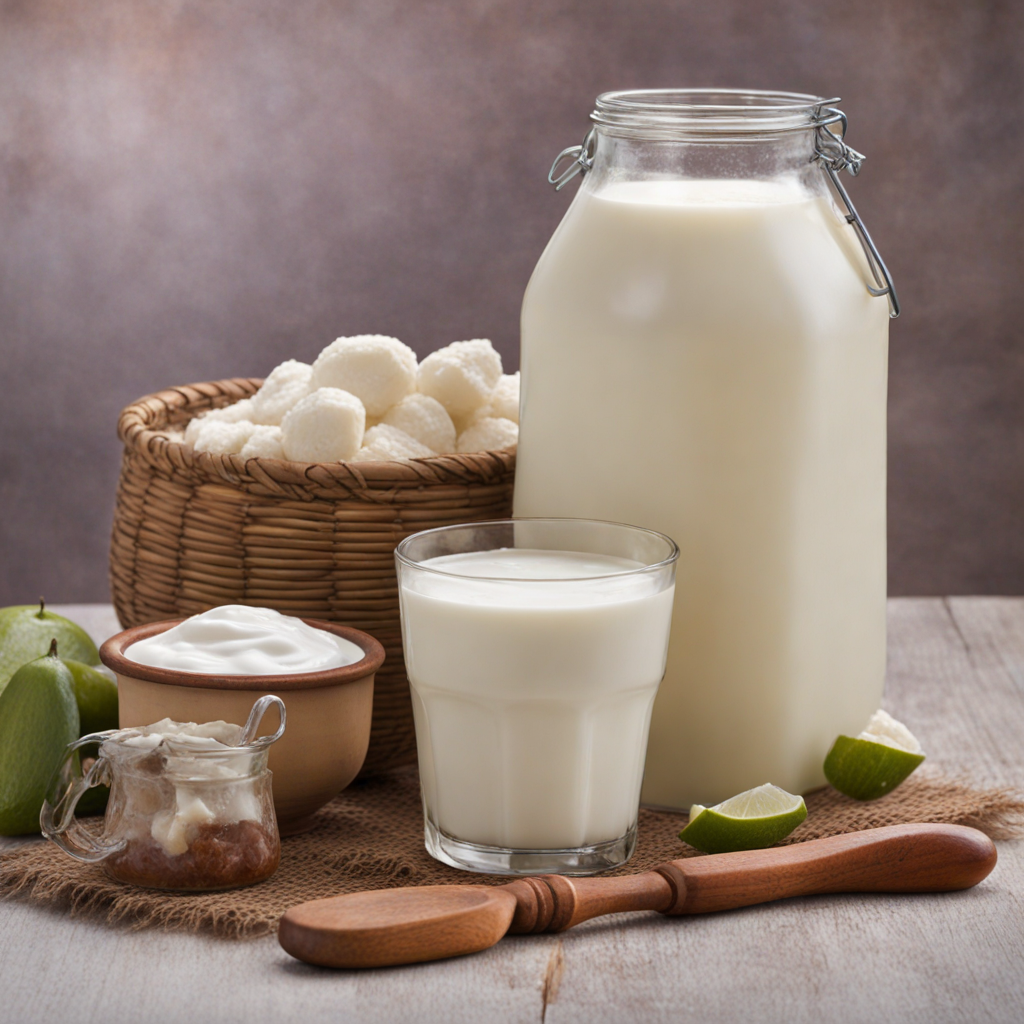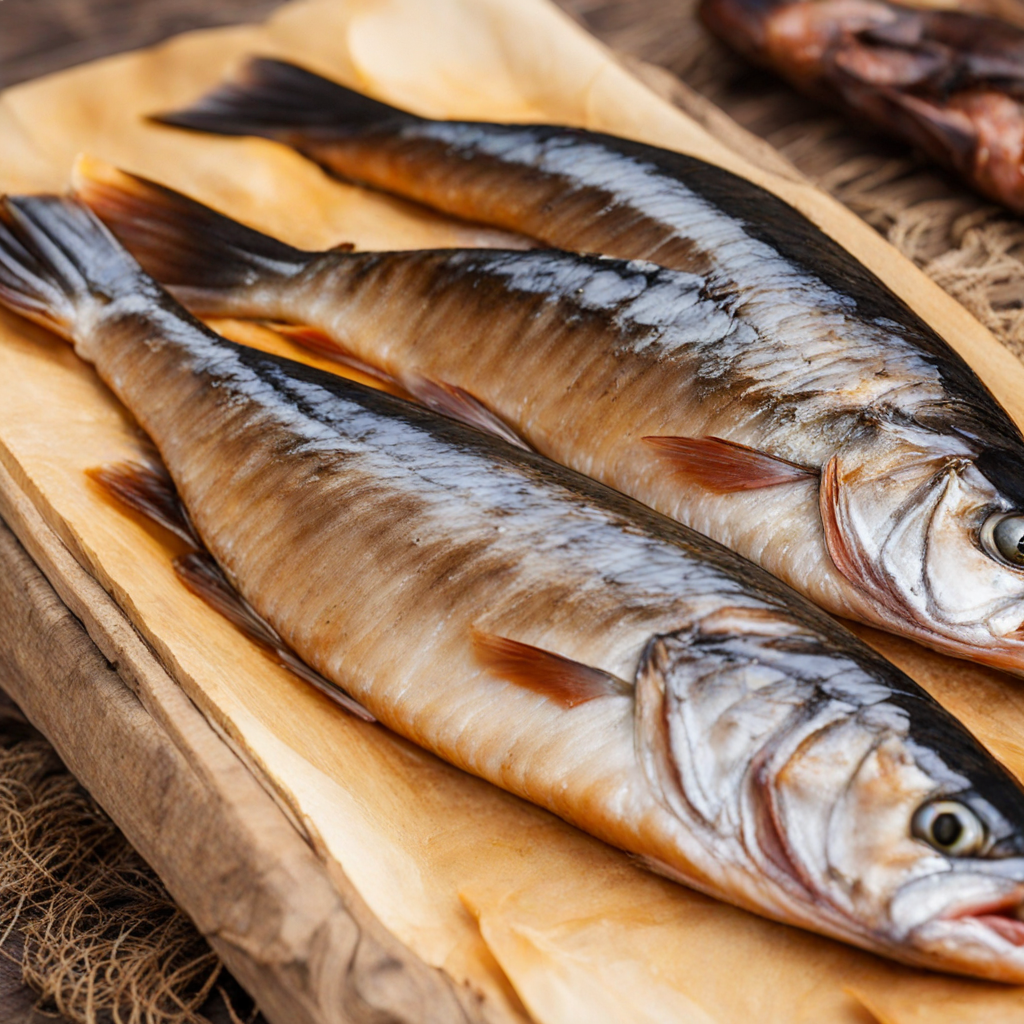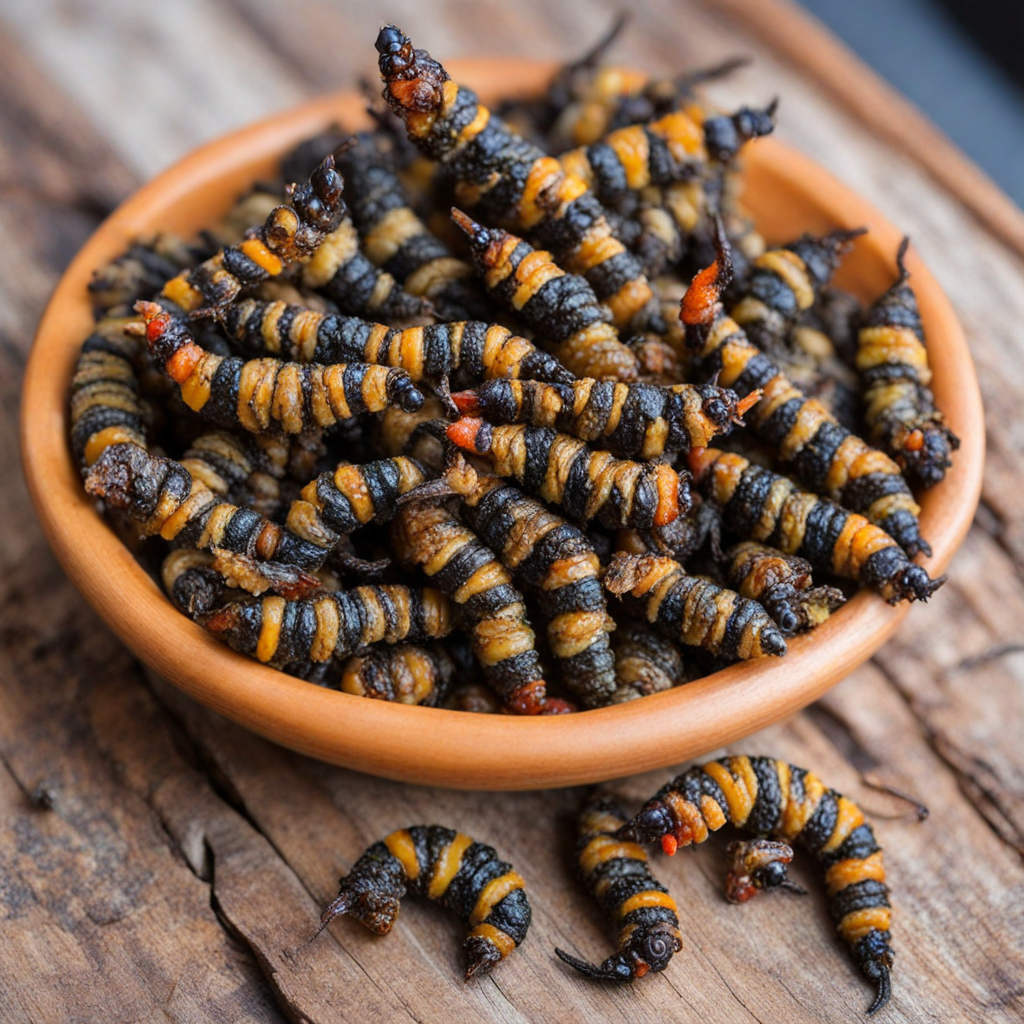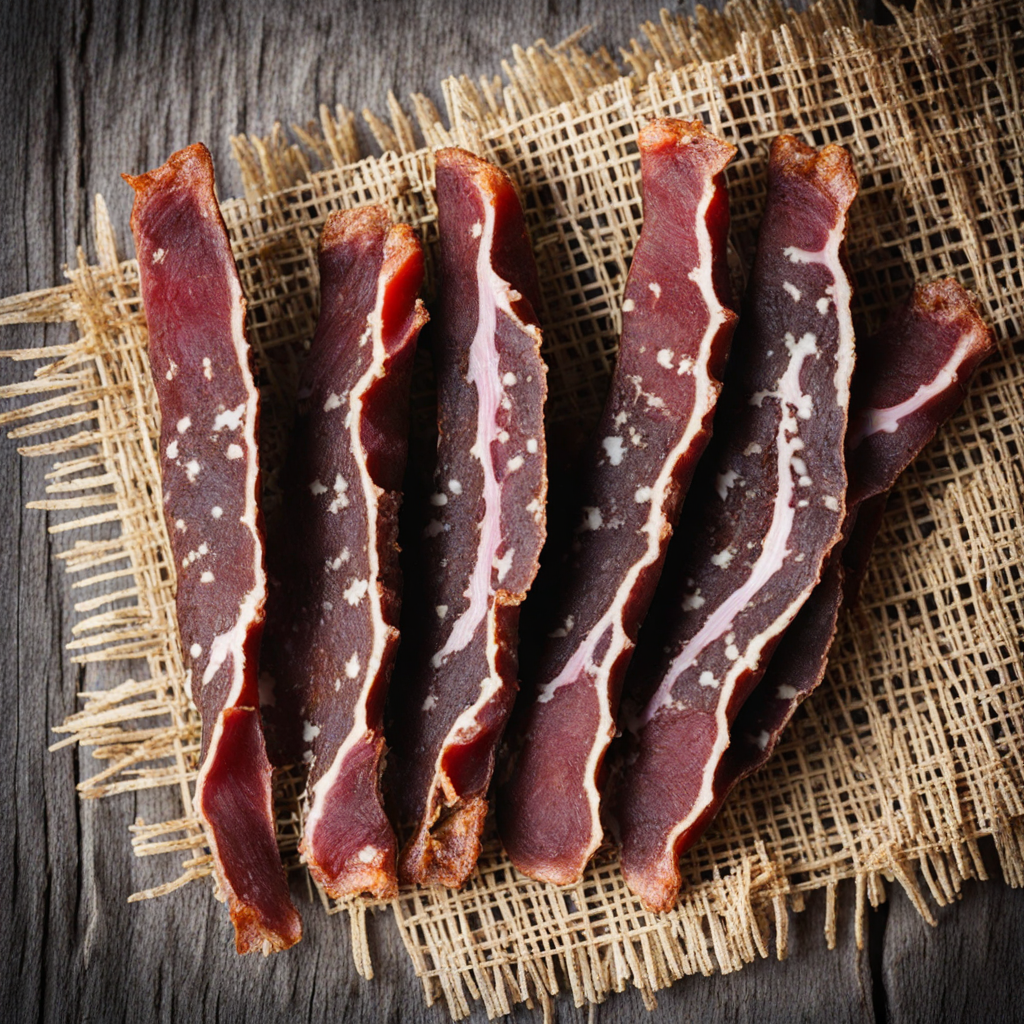Wild Game
Wild game in Namibia offers a culinary adventure that transports you to the heart of the African landscape. This unique cuisine primarily features meats from indigenous animals such as kudu, springbok, oryx, and zebra, each showcasing a distinct flavor profile that reflects the natural diet of these animals. The meats are often leaner and richer in flavor compared to conventional meats, offering a taste that is both earthy and robust. Cooking methods vary from traditional braai (barbecue) to slow-cooked stews, often infused with local spices and herbs, ensuring that each dish is aromatic and deeply satisfying. In addition to the meats, wild game dishes are often accompanied by traditional Namibian sides such as pap (a type of maize porridge), roasted vegetables, and fresh salads, providing a perfect balance of flavors and textures. The use of local ingredients, like marula nuts and wild herbs, enhances the authenticity of the dishes, allowing diners to experience the rich biodiversity of Namibia's landscape. Pairing these meals with local wines or traditional beverages, such as oshikundu, further elevates the dining experience, making it a feast for the senses. Exploring wild game cuisine in Namibia is not only about savoring unique flavors but also about appreciating the cultural significance behind them. Many indigenous communities have relied on these resources for centuries, creating a deep connection between food, tradition, and the land. As you indulge in a dish of succulent game meat, you partake in a culinary heritage that tells stories of survival, respect for nature, and the celebration of wildlife. Whether enjoyed in a rustic lodge or a vibrant local market, wild game from Namibia promises an unforgettable gastronomic journey.
How It Became This Dish
Wildsvleis: A Culinary Journey Through Namibia’s Heritage Introduction In the vast landscapes of Namibia, where the desert meets the savannah, a unique culinary tradition has evolved over centuries, embodying a rich interplay of culture, history, and the natural environment. Wildsvleis, or "game meat," is not merely a dish; it is a profound expression of the Namibian identity, reflecting the country’s indigenous practices, colonial influences, and modern gastronomic trends. This exploration of wildsvleis delves into its origins, cultural significance, and the evolution of its preparation and consumption over time. Origins of Wildsvleis The roots of wildsvleis can be traced back to the indigenous peoples of Namibia, including the San, Himba, and Ovambo communities, who have historically relied on hunting and gathering for survival. The word "wildsvleis" itself comes from Afrikaans, where "wild" refers to game animals, and "vleis" means meat. These communities developed sophisticated hunting techniques and a deep knowledge of the local fauna, enabling them to sustainably harvest meat from species such as springbok, kudu, oryx, and zebra. For the San, the oldest inhabitants of southern Africa, hunting was not only a means of sustenance but also a spiritual practice. Their intricate rock art, found in various locations across Namibia, often depicts hunting scenes, indicating the critical role that game played in their culture. The meat was revered, and its consumption was often intertwined with rituals and communal gatherings, reinforcing social bonds within the tribe. Cultural Significance As Namibia transitioned through various historical phases, from indigenous societies to colonial rule and independence, the significance of wildsvleis evolved but remained deeply ingrained in the national identity. The introduction of European settlers in the 19th century brought new hunting practices and culinary techniques. The settlers also contributed to the domestication of livestock, but game meat remained a staple for many indigenous groups. During the colonial era, game hunting became a symbol of status and power among European settlers, leading to the establishment of game reserves and hunting concessions. This period saw a marked increase in the consumption of wildsvleis, not only for sustenance but also as a cultural marker of the settler identity. Traditional recipes began to blend with European influences, creating a unique culinary fusion that celebrated the local biodiversity. With Namibia gaining independence in 1990, wildsvleis took on a new significance as a symbol of national pride and cultural heritage. The government actively promoted the responsible use of wildlife resources, encouraging sustainable hunting practices that would benefit local communities. Wildsvleis became a focal point in promoting Namibia's rich biodiversity and the importance of conservation. Development Over Time The preparation of wildsvleis has undergone significant transformations, mirroring changes in society and technology. Traditionally, game meat was prepared using rudimentary methods: whole animals were roasted over open fires or dried to create biltong, a beloved dried meat snack that has become synonymous with Southern African cuisine. Biltong, made by curing the meat with salt and spices before air-drying, allowed communities to preserve the meat for longer periods, essential for survival in the harsh environments of Namibia. As Namibia embraced modern culinary techniques, wildsvleis recipes began to evolve. Chefs started experimenting with different flavors and cooking methods, incorporating local herbs and spices to create dishes that appealed to both local and international palates. Today, wildsvleis can be found in various forms, from gourmet dishes served in upscale restaurants to traditional meals prepared in rural households. One popular way to enjoy wildsvleis is through braai, the South African barbecue tradition. Game meat is marinated and grilled over open flames, often accompanied by sides like pap (a maize porridge) and chakalaka (a spicy vegetable relish). This communal cooking style not only enhances the flavors of the meat but also fosters a sense of community and celebration. Modern Perspectives on Wildsvleis In recent years, there has been a growing recognition of the importance of wildsvleis in promoting sustainable tourism and conservation efforts in Namibia. Ecotourism initiatives have emerged, focusing on responsible hunting practices that support local communities. By providing economic incentives for sustainable wildlife management, these programs have helped preserve Namibia’s rich biodiversity while ensuring that indigenous knowledge and traditions surrounding wildsvleis are passed down to future generations. Moreover, wildsvleis has gained popularity beyond Namibia's borders, with international chefs and food enthusiasts eager to experience the unique flavors of Namibian game meat. Culinary festivals and events celebrating wildsvleis have emerged, showcasing its versatility and cultural significance. This global interest has not only elevated the status of wildsvleis but has also created new opportunities for Namibian communities to share their heritage with the world. Challenges and Future Directions While the future of wildsvleis looks promising, challenges remain. The pressures of modernity, such as urbanization and climate change, threaten traditional hunting practices and the ecosystems that support them. Additionally, the debate surrounding hunting and conservation continues, with differing opinions on the ethics and sustainability of hunting practices. To address these challenges, it is essential to promote education and awareness about the cultural and ecological importance of wildsvleis. By fostering respect for indigenous knowledge and sustainable practices, Namibia can ensure that this culinary tradition thrives in the face of changing times. Conclusion Wildsvleis is more than just a dish; it is a vibrant tapestry woven from the threads of Namibia’s history, culture, and environment. From its origins among indigenous hunter-gatherers to its modern interpretations in contemporary cuisine, wildsvleis embodies the resilience and adaptability of Namibian society. As Namibia continues to navigate the complexities of globalization while honoring its rich heritage, wildsvleis stands as a testament to the enduring connection between food, culture, and identity. Through continued appreciation and sustainable practices, the legacy of wildsvleis will undoubtedly endure, inviting future generations to savor its flavors and stories.
You may like
Discover local flavors from Namibia


